Resuscitation of the Drowning Victim
By: Robert Shields
Drowning events are becoming more common in today’s society. According to the CDC, drowning ranks as the fifth leading cause of unintentional deaths in the United States. There is an average of ten drowning fatalities per day with two of the ten being children. Prevention strategies can make a difference only if they are followed. One of the prevention strategies that most people can do is learning CPR. The rescue and immediate resuscitation of a drowning victim can mean the difference between life and death.
Let’s break this down
Drowning, by definition, is the submersion in a liquid resulting in respiratory impairment. This respiratory impairment will then lead to cessation of the heart resulting in cardiopulmonary arrest. Knowing this, we can now attribute the cause of the cardiac arrest to hypoxia, or the inability of oxygen to get to the cells in the body. If a comparison is made with the medical cause of a cardiac arrest such as a heart attack, the stopping of the heart is the primary cause of the arrest, not the lack of oxygen like in a drowning.
The main reason why compression-only CPR is effective on a medical cause of cardiac arrest is that the victim has sufficient amounts of oxygen left in their bloodstream which, when circulated by compressions, can still be utilized by the body. In a drowning victim, because the breathing has stopped prior to the heart, they will have little to no oxygen remaining in the bloodstream to be circulated by compressions. The need for aggressive airway management and ventilation along with high-quality chest compressions is the key to the resuscitation of the drowning victim.
So what do I do?
Starting with airway management, the airway will need to be cleared of debris and liquid in order to perform ventilations. This can be accomplished by either turning the victim’s head to the side allowing water to drain, or first responders can utilize a suction device. The airway will need to be opened and maintained with either the head tilt chin lift or in the event of a possible spinal injury, the jaw thrust maneuver.
Ventilations can be accomplished by mouth to barrier device/pocket mask or a bag valve mask with supplemental oxygen. Divers and others trained in the use of oxygen can use supplemental oxygen attached to the pocket mask to increase the amount of oxygen delivered to the victim.
A note about AEDs
AEDs can be used on drowning victims and should be included in the resuscitation effort. Before applying the pads, ensure the chest is dry to get proper pad contact. This will also prevent arching across the pads. If the victim is in a puddle or still in the water, try to get them to a dryer area. A saying which is taught to lifeguards is “high and dry”.
Conclusion
High-quality chest compressions will ensure adequate circulation of the blood to perfuse the bodies tissues. This, in conjunction with rescue breathing in a drowning victim, may increase the chance of survival of the victim.












Deixe uma resposta
Want to join the discussion?Feel free to contribute!